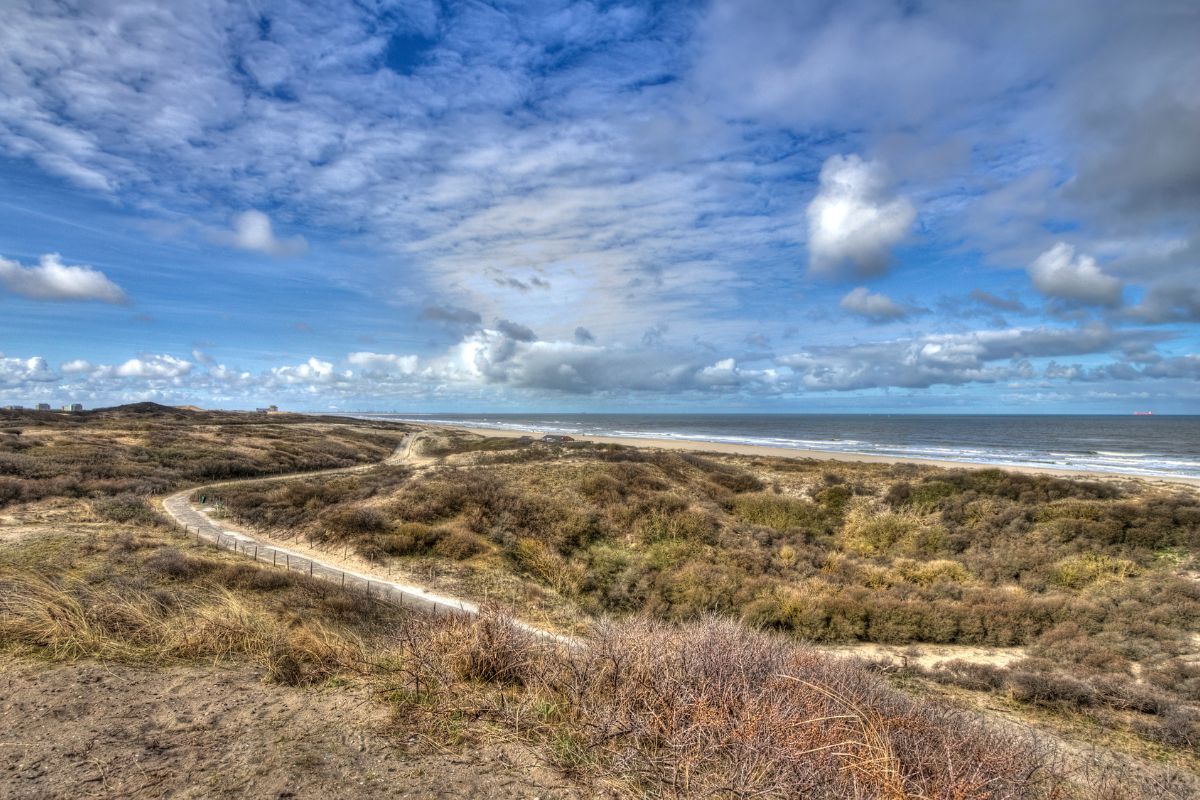

Since the 1990s, the sea level has risen by about 2.7 millimeters per year. That is more than one and a half times faster than in the seventy years before.
Sea level rise is often mentioned in the same breath as climate change. And that is not so strange. The melting of the ice on the polar caps is causing a significant global sea level rise. In the twentieth century, for example, the sea level has already risen about 13 centimeters. But how much do we actually notice this in our own country?
As mentioned, the sea level rose about 13 centimeters in the twentieth century. This can mainly be explained by the mass loss of Greenland and glaciers in polar regions and the thermal expansion of the oceans. The latter means that the top layer of water, under the influence of an increase in temperature, takes on more volume, resulting in more distance between the molecules.
It is nothing new that global sea levels are rising. The question is, however, whether we also see the same trend along the Dutch coast. “An average global sea level rise does not necessarily say anything about the rise on our coast,” explains researcher Riccardo Riva. What happens elsewhere in the ocean does not necessarily affect our small piece of the North Sea. In principle, anything can happen here.”
Hundred year
To determine whether the sea level off the Dutch coast is also rising faster these days, Riva and his colleagues studied measurement data from eight different tidal stations (including those at Maassluis, Delfzijl and Vlissingen) that have been taking measurements for a hundred years. That is quite special, by the way. “Nowhere in the world can you find so many stations at such a short distance from each other, which also continuously generate data from the past hundred years,” says Riva.
Tide stations
The researchers then developed a new method to accurately determine the rate of sea level rise. Something that is not so simple yet. There are large differences between the measuring stations. “Measurements of sea level in a tide station – if you consider the whole year – go up and down quite a bit,” Riva explains. “This is partly due to changes in the wind, air pressure and the tide. With that in mind, we developed a new method that takes these variables into account. In this way we filtered noise from the measurements.”
Sea level is rising here too
The researchers come in their study, published in the leading journal Environmental Research Letters, to an unequivocal conclusion. And that is that we too cannot escape a rise in sea level. Since the mid-1990s, the sea level off the Dutch coast has risen by about 2.7 millimeters per year. And that is a lot faster than before. For example, the data show that the sea level rose by an average of 1.7 millimeters per year in the seventy years before. In short, the sea level is rising more than one and a half times faster today than in the seven decades before. It is the first time that a significant acceleration has been detected in data from tidal stations along the North Sea.
To care
A pressing follow-up question is whether we should now be concerned about these findings. “That is a question for politicians,” says Riva. “I do advise other low-lying areas in the world to purchase measuring equipment as soon as possible and to carry out long-term measurements. Accurate knowledge of the rate of sea level rise is very important, both for the short term – think of sand replenishment along the Dutch coast, the spraying of extra sand on the beach or on the seabed – and the long term, in which we need to adapt the coastal area in such a way that we can cope with the rise in sea level.”
Besides, it probably won’t stop there. For example, it is predicted that global sea levels will most likely continue to rise in the future. It means that we may be forced – especially since the Netherlands is below sea level – to take rigorous measures. A few years ago, for example, Dutch scientists looked at whether an immense dam could possibly protect us against the expected rise in sea level.
Source material:
†TU Delft researchers: sea level rise along Dutch coast is accelerating” – Tu Delft
Image at the top of this article: thehague by Getty Images (via canva.com)